Casa Tomada mirArte
This article went through a peer review process with all identities visible to editors, reviewers and authors.
A conversation with Myrna Rosa Padrón Dickson, co-founder of the Afro-Cuban socio-cultural initiative Casa Tomada mirArte.
In the spring of 2024, the contributors to this edition met in Marianao, Havana, Cuba for Contours: Arte Calle Residency, where through the lens and collaborative art of handmade Muñecas Negras, ideas were exchanged such as: the vision of crafts and other manifestations of art, the interaction and representation of diverse black identities, the worldview of religions with Afrodiasporic nuances.
The Residency culminated in ArteCalle (Street Art), the venue of the event was the community initiative Casa Tomada mirArte. It was a celebration that brought together stories, cultures and multidisciplinary arts forged through transnational collaboration and relationship building.
Myrna analyzes her artistic-cultural career and what led her to create Casa Tomada mirArte.
Interview: Sunday, February 25, 2024, Marianao, Cuba at Lourdes’ house.
YH: Tell us who you are and what you do.
MPD: By profession, I am a Cultural Promoter, a specialist in Community Culture. I am an Afro-Cuban woman who does many things, from caring for elderly people in the family or neighborhood, spiritual and material support for my daughter and grandchildren, commercial activities in the alternative or informal market in Cuba. Since 2017 to date, I have been the general coordinator of the autonomous and independent community socio-cultural experience, Casa Tomada mirArte.
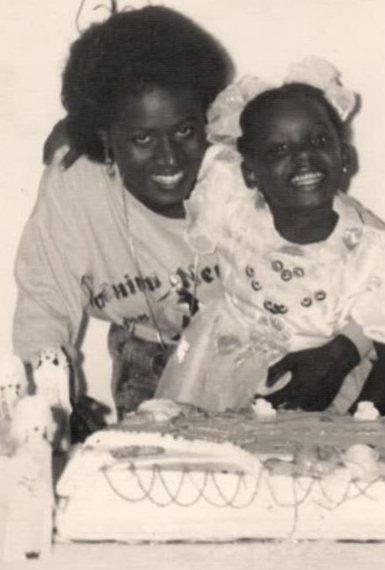
YH: How did you come to do this work?
MPD: For a long time I worked in government institutions as a Cultural Promoter or Programmer of artistic-cultural and recreational activities.
In 2009 I decided to leave government institutions as they did not correspond to my creative dynamics or aesthetics.
YH: And tell us more about that. Explain what the difference is?
MPD: The difference is that government activities were always or almost always directed by political slogans or historical dates that had to do with the revolutionary process or its antecedents. Everything revolved around nationalist, chauvinist, orthodox speeches with a rhetoric that was boring to my taste and that of many, many people at any demonstration. Everything was very vertical, you had to do things according to the ideas of others who were in power and rarely from your own creativity and if you spoke out or used trends from abroad (outside of Cuba) you were administratively sanctioned or stereotyped as ideological divisionism or counterrevolution. Corny…
YH: So what did you do from there? What was your first step in this new life?
MPD: In 2000 I worked as an activities programmer for the municipal cultural department of Marianao. There I met Sandra Hernández Moncada (deceased), an agricultural engineer, cultural promoter and socio-cultural researcher, coordinator of the “Barracón” project. This project (all women) fulfilled the mission of researching and preparing food and drinks from the legacy of our African ancestors. Her advice encouraged me to investigate the methodology of research seen from Social Anthropology and to focus on the influence of Africa on popular and traditional Cuban culture. I wrote more than one essay on the subject based on the life and work of individuals or projects related to these terms. Attending national and international events that dealt with these topics became a hobby for me, nourishing me both with primary wisdom coming from groups that carry tradition and from the literature of intellectuals from Cuba and other parts of the world. A whole worldview of where we come from and who we are that is not taught in formal education, including art schools. I listened and listen (more than reading) with great attention to each thesis spoken, outside of the popular environment I analyze the dances, the music, the food, the mixture of words coming from so many cultures that one does not even know how long they are in our body and mind and the liberating consciousness of the Cuban, of blackness in its most enriching vision awakens, ranging from the abominable Portuguese or Castilian colonizer of the 19th century, the traditional spiritual glorification of Mandinga, Congo, Yoruba, Carabalí, the singular contributions of the Chinese Canton and the North American domination.
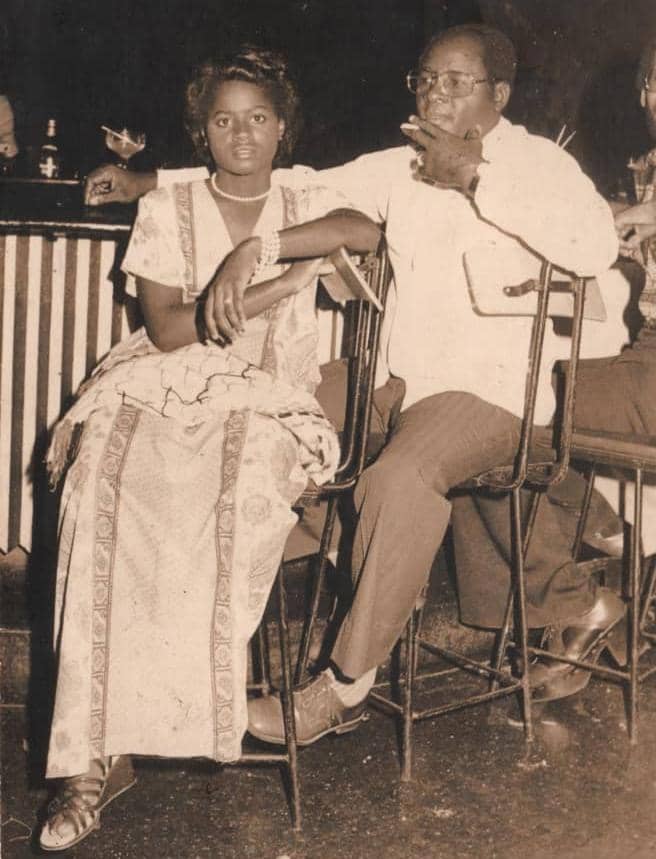
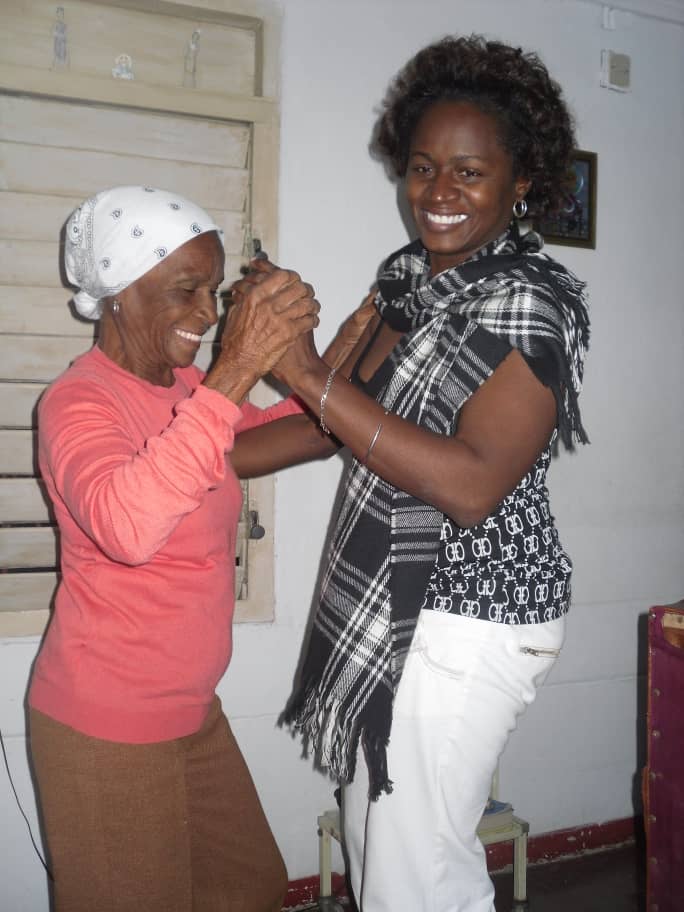
For many generations of Cubans, Africa is only slavery, religion and a land that must be saved through “proletarian internationalism” (recurring words in political discourse).
Also around this time in 2009, together with my first female partner, Diarenis Calderon, we created a group of actions and activities aimed at curating works by artists of the visual and plastic arts who were not very well-known for their fame and who revealed the influence of Africa in their work. We attended many theoretical events and independent art shows that had nothing to do with the official discourse. We autonomously created art exhibitions and spaces for dialogue open to different socio-political-cultural themes, we extended relationships with professors and students from the United States, intersectionally we were part of the LGBTIQ+ activism in Cuba immersed in a national context incipient to the culture of homosexuality and against homophobia. It was a very significant stage since, together with artists and activists, I buried all traces of patriarchy and an anti-racist, Afro-feminist attitude was forged.
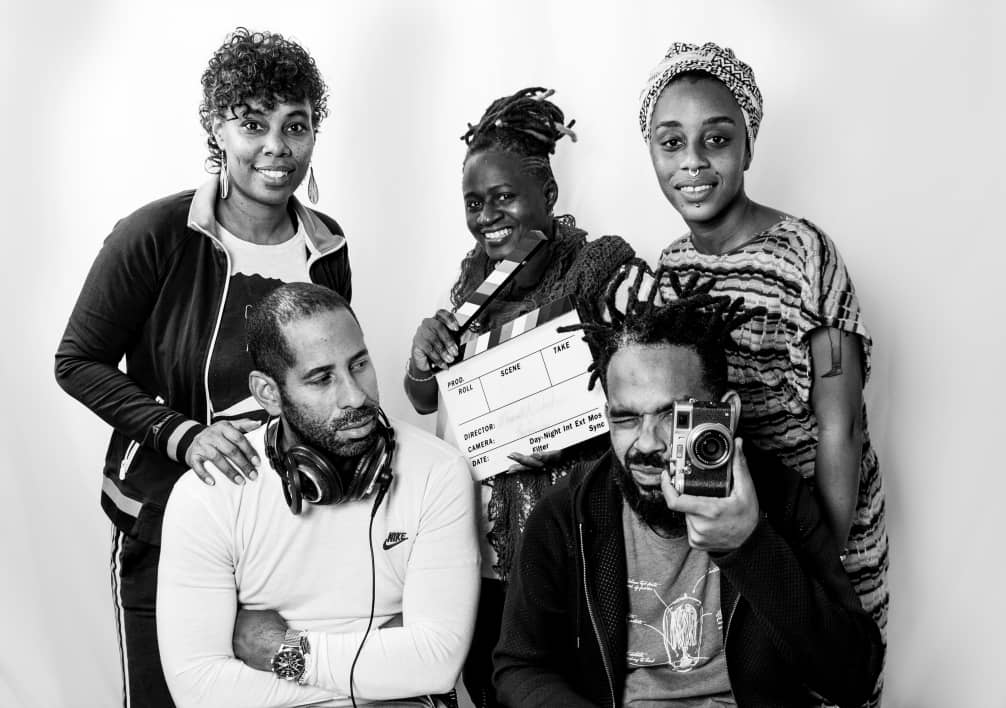
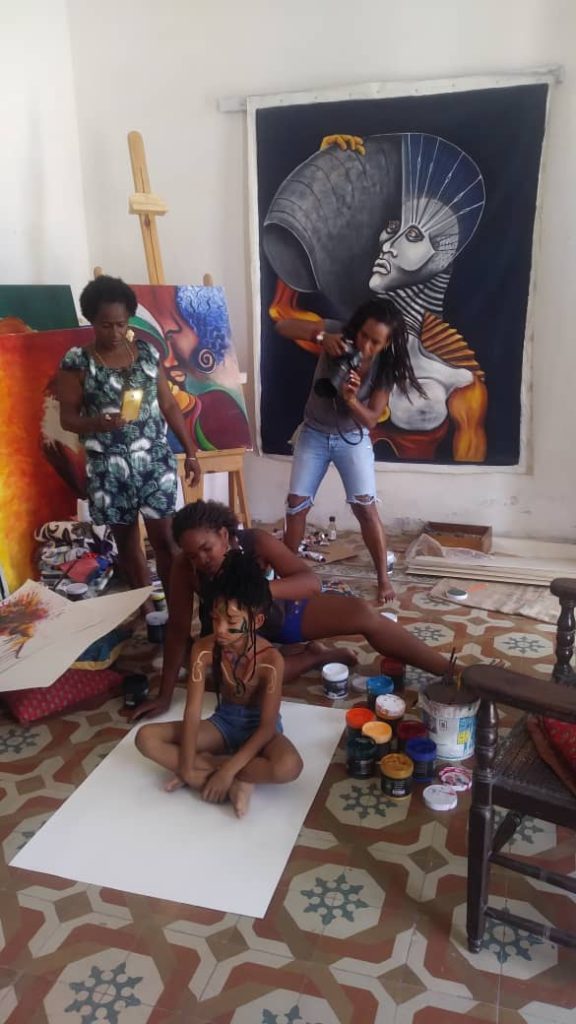
YH: When you were a child, was Africa as a cultural identity part of your childhood?
MPD: Not much. We were always told in school and in other socio-cultural programs that our identity is Cuban, with its mixture of cultures and races, historically and anthropologically speaking. Add to that the fact that in my childhood (60s, 70s and 80s) the media bombarded us with Russian, Mexican and Argentine films, or endless speeches by Fidel, especially on television (I should point out that not all families had the possibility of having a television). They also broadcast many American cartoons and American films, the ones I remember most are the cowboy ones. The radio had a large audience. In general, both on the radio and on TV or in the movies, the presence of black characters was usually slaves or in servant roles.
Africa was just one place in this world where many Cubans died for their solidarity in the liberation of some peoples who were at war, under the slogan “Proletarian Internationalism.”
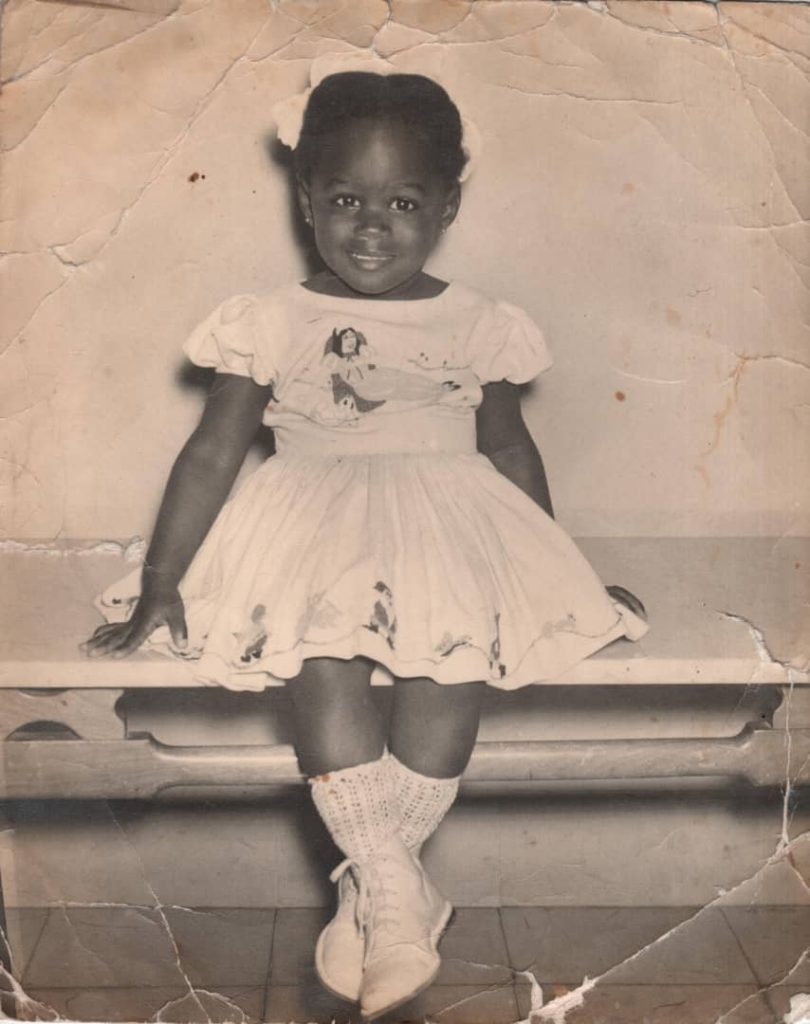
YH: Wasn’t it an identity?
MPD: It was a political identity. What we knew most about Africa through history books was that black people were descendants of slaves, they didn’t even name them as enslaved people. For a long time when I was a child, they even prohibited the practice of religions (all of them) so in those years we even lost the religious link with our ancestors. Incredibly and paradoxically, even today the Constitution of the Nation states that we profess a secular education, however, almost all Cubans practice religion and in large numbers we practice the religion of the descendants who bequeathed us the traditional culture of sub-Saharan Africa.
YH: Are we talking about the 70s and 80s?
MPD: Yes, the above was during those decades.
I began to have an awakening about my identity as a black person and to see Africa from a different perspective in the 90s when my daughter Yamisleidy was initiated at the age of 6 by her paternal family into the practice of Regla de Osha or Santeria, of course with my permission and blessing. I began to investigate and enter into the practice myself, not very deeply, however, I received some powers. I wanted to know what it was about, what it meant, what that structure was like. Why syncretism? Where did that concept come from?
YH: And what did you learn about yourself during this research?
MPD: I learned how my body and mind reacted to the connection with ancestral spirituality. For me, spirituality is not only focused on a material that existed or not and how we represent it, it is a collection of sensations that makes us react in many ways, it allows us to get involved with ourselves, with others, with nature, with the invisible.
CG: And what about the LGBTIQ+ community? When did you start connecting with that community?
MPD: I began to connect with the LGBTIQ+ community when I had my first formal female partner in 2009. With the LGBTIQ+ community in Cuba, there is a national social network linked to a governmental psycho-health and educational institution, a movement of autonomous and interdependent activists made up of individuals or groups that act in a dispersed way for the rights of the LGBTIQ+ community and an LGBTIQ+ community immersed in its complex daily life.
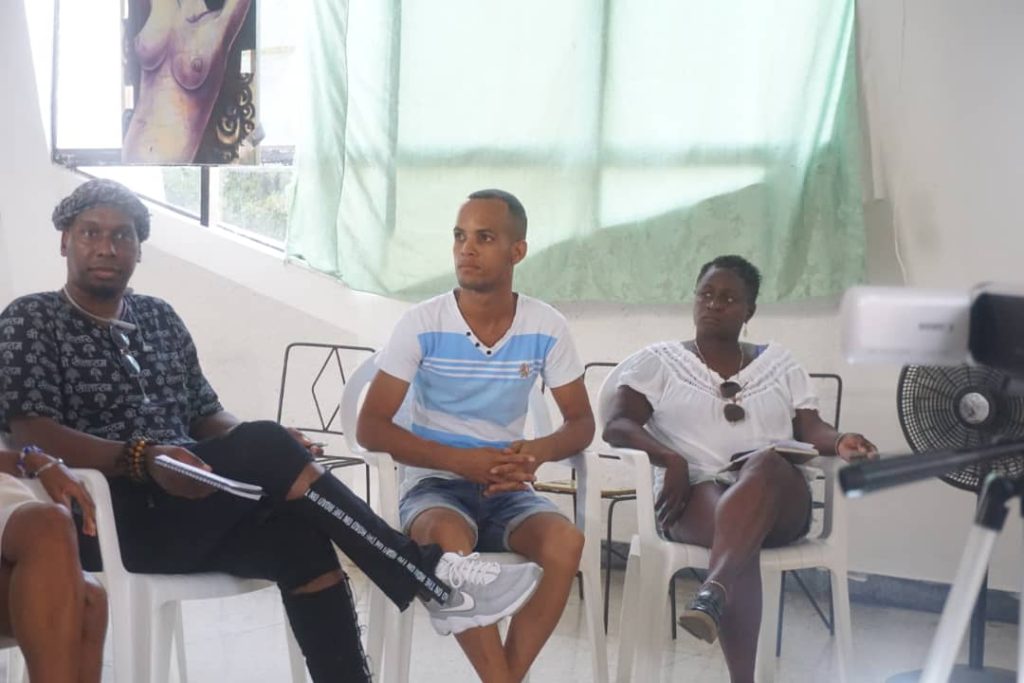
CG: Yes, in those years the National Center for Sexual Education in Cuba, CENESEX, was started.
MPD: Yes, although it is also good to point out that before CENESEX was formed, the National Center for the Prevention of STIs/AIDS already existed with strong and intense work in prevention, education, and healing, carried out by specialists and groups of health promoters throughout the country that were mostly made up of the LGBT community, most significantly the gay population.
In both institutions we heard many life stories. The LGBTIQ+ Visibility Revolution broke the silence of the closet and became a cry for freedom against homophobia.
YH: Given homophobia, how did the LGBTIQ+ community, and particularly the Black community, create safe spaces for themselves?
MPD: I speak from my experience in Havana, it is very difficult to generalize. A small group of lesbian feminists integrated and enjoyed spontaneously forming ghettos within artistic, cultural or recreational spaces where more gay men are visible. We strengthened our interracial consciousness by being part of the black brotherhood movement and the hip-hop movement. We approached national and international Afro-feminist books and authors who were made invisible by the media. We made up parties in private homes, we had an image when dressing something between traditional Africa and Afro-North America, even the rest of the community told us that we looked like Yumas (U.S. Americans), hahaha. Hip-hop and spoken word poetry, plastic arts with African influence strengthened us. A pedagogy of gender equity with an inclusive language that brings respect to the diversity of identities helps us a lot to have a liberating consciousness. We became allies of the trans community, especially of black trans women. Within the precepts of society, they remain at the lowest rung of the pyramid.
YH: When did you start thinking about creating Casa Tomada and how did you do it?
MPD: Date 2017. I had been away from my maternal family home for a long time. I returned to take care of my mother during her Alzheimer’s process, and I left art and activism. Then, artist friends, activists, students of the joint Cuba-United States pedagogical program visited me, we began to meet at home to talk, make future plans and, incidentally, they helped me with household chores. Around that time, I began a relationship with Siria Gonzáles, but before that, I had invited her as a singer to be part of a small music group that enlivened visits to the house. The relationship became more invigorated, Siria and her little daughter, who was 6 years old at the time, lived with me and every day we carried out actions to beautify the home and do art. The first was the creation in one of the rooms of the experimental workshop of the visual artist Daymi Ticet. The girls and boys from the neighborhood came closer, artists from the hip-hop movement, activists from the anti-racist LGBTIQ+ initiative “Alianza Afrocubana” who joined us for selfless help in the constructive repair work and to carry out united activities for LGBTIQ+ Rights. I like to highlight the collaboration of the girls and boys from the neighborhood. They have done everything from carrying stones to promoting what is done at home. Thanks to this group of “little crazy people,” hahaha, people understand that because we are a homoparental or lesbian-parental family, whatever you want to call it, we are not the worst they imagine, but rather we promote values of respect and love in human coexistence and in relation to nature. They were and continue to be our most faithful allies.
In 2012, I was in San Salvador (Central America) during the armed conflict. I remembered that there, young people filled the large abandoned houses of wealthy people, turned them into libraries, created their art, had parties and called them Casas Tomadas (Taken Houses) and I thought, I am going to empower my house with art and activism. That is where the name Casa Tomada and mirArte came from because it is my name combined with the tool to be used for transformation, Art.
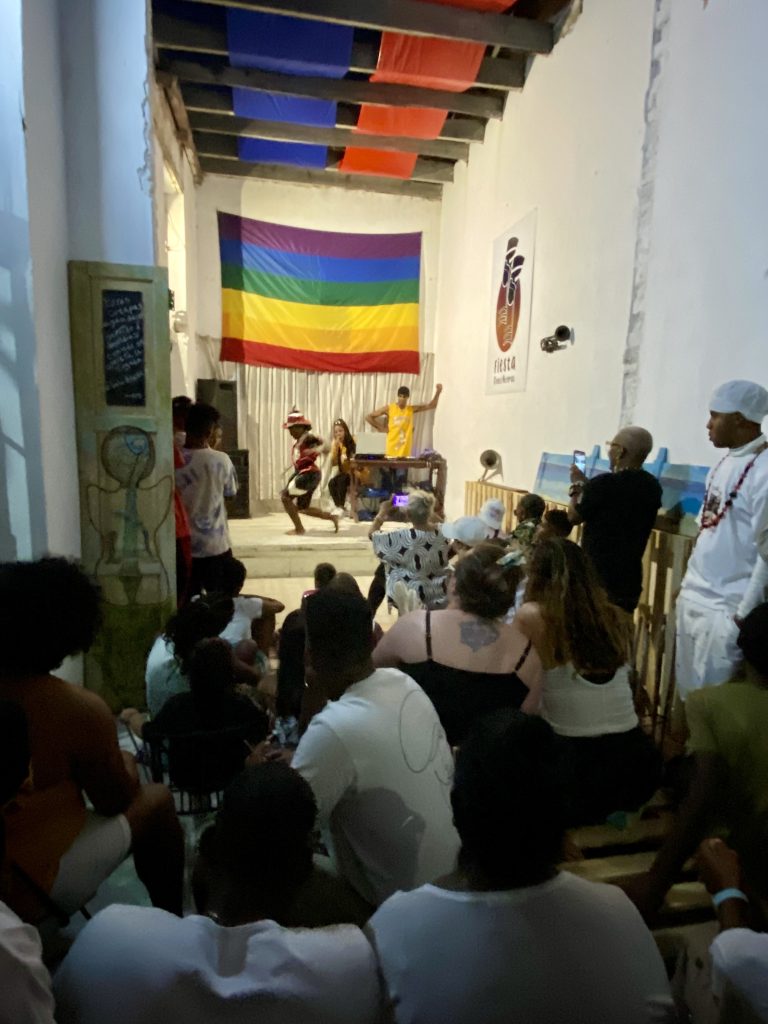
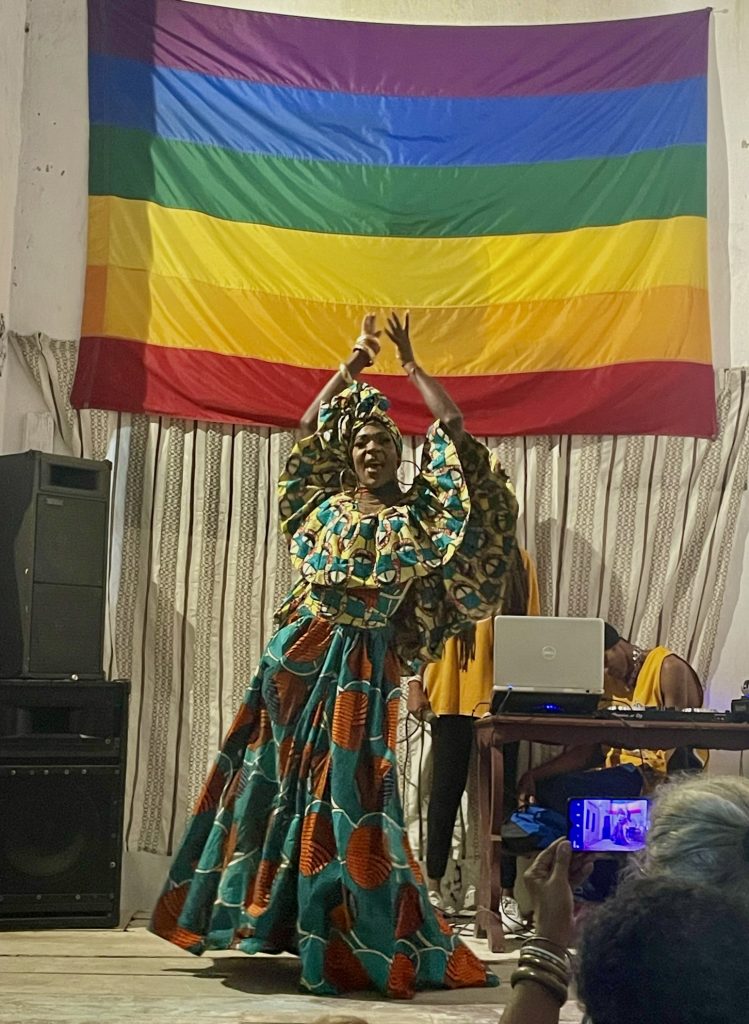
YH: So a place where a person or groups can discuss topics that they didn’t feel comfortable discussing elsewhere? Casa Tomada provided a space where a variety of topics could be discussed.
MPD: Yes, that is how it is today, non-profit, autonomously and interdependently.
YH: How did people find out about Casa Tomada? Word of mouth? Were there programs?
MPD: It was without programs, by word of mouth and luckily in those years the boom of internet connection in Cuba began and with it of course the networks, where the most used was Facebook.
YH: When did you start making international connections?
MPD: I had already had international connections since 2000. First, through relationships with individuals or research groups on Afro-Cuban and Afro-Latin American culture who attended anthropology or socio-cultural events throughout the country. Then, from 2009 onwards, with groups of American students and professors involved in cultural educational programs, or with groups that came through APP (Permanent Action for Peace).
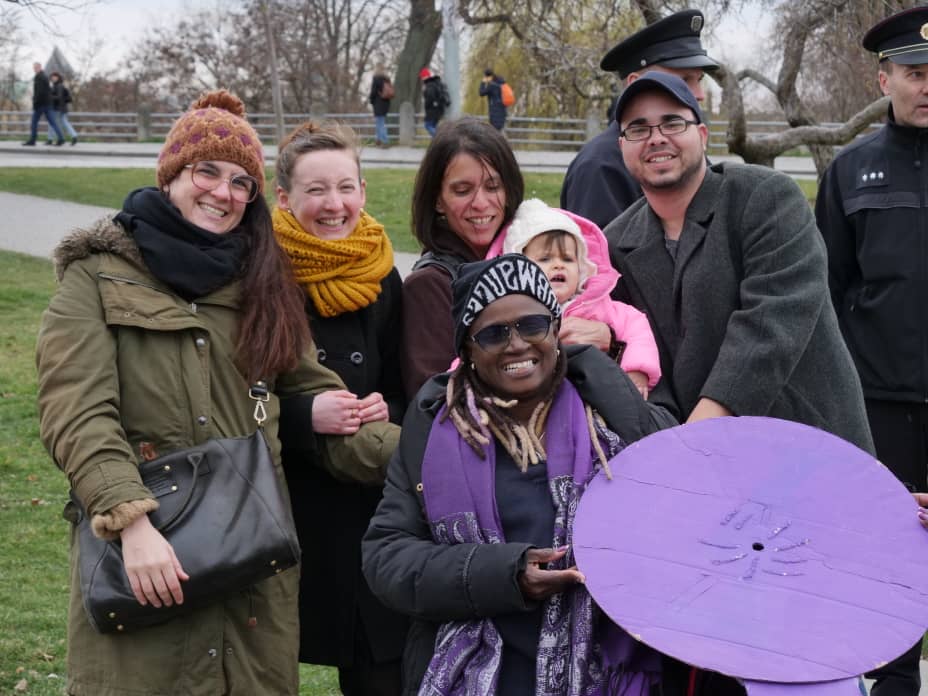
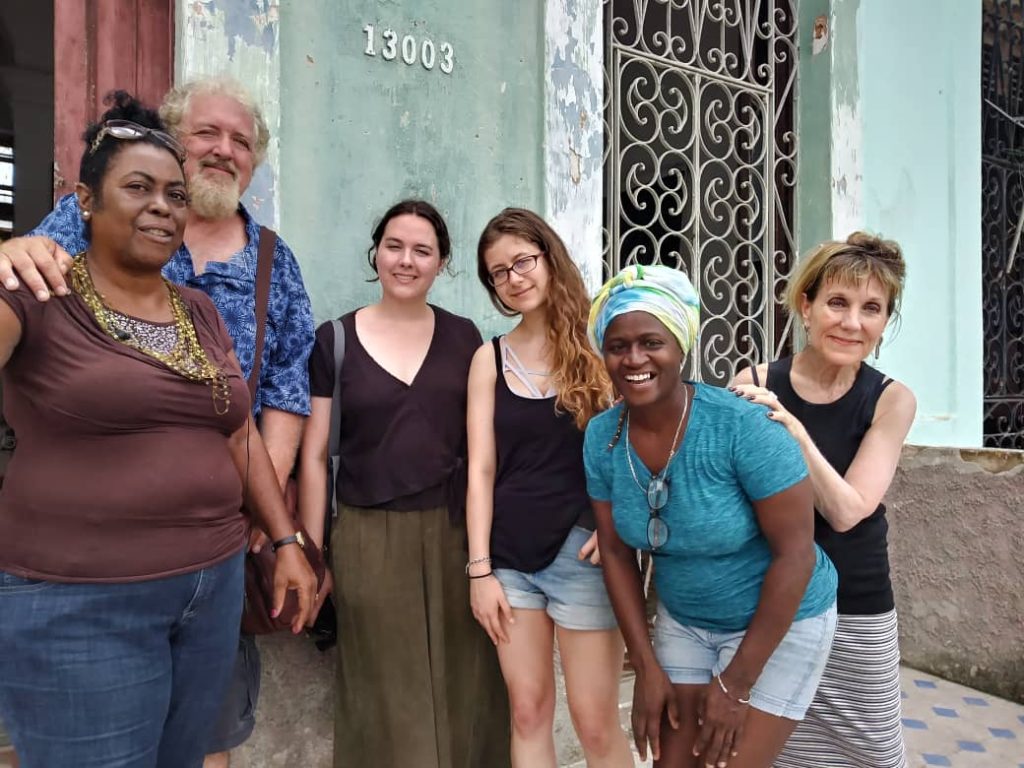
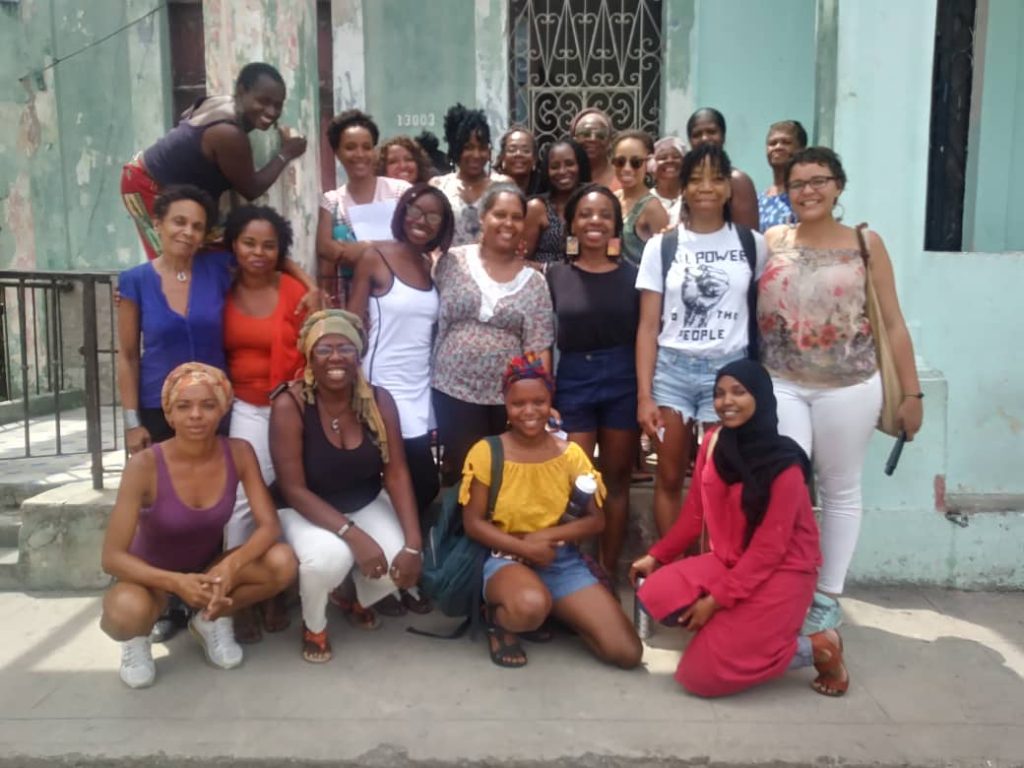
CG: So legally they were not part of the contracts with these organizations? They were not part of the UNEAC (National Union of Cuban Writers and Artists) or the Casa de las Américas (an institution that houses intellectuals from Cuba and Latin America).
MPD: We are not exactly legal, but if you legitimize what we do, people like it and find it interesting because we have alliance links with different communities, with intellectuals, academics from Cuba and other parts of the world, with governmental and non-governmental organizations.
YH: How did you meet Cindy García, founder of Contours ArteCalle, and how did you get involved in Contours digital magazine?
MPD: I met Cindy when she was part of a group called Asere that assists Cuba in a gesture of solidarity, created and coordinated by Geoff DeLaforcade and Maritza López MacBean.
As part of the network of Popular Educators that runs the Martin Luther King, Jr. memorial center, I had a connection with Maritza, who is also a popular educator and coordinator of the anti-racist initiative Red Barrial Afrodescendiente (RBA), and Geoff, whom I already knew from the Casa de África events as a research professor, and then we reaffirmed our relationship at the Paulo Freire Community House, where Maritza works as a Principal Specialist.
So Cindy, after her visit with the group, returns in a personal and investigative way, more interested in our lives as a homoparental family and what we did in the deepest part of Casa Tomada mirArte.
CG: We were just having fun, we have a lot of pictures of us having fun and just being together. Casa Tomada at the time had an event called Fiesta Doble Negras that happened on the last Monday of every month. And it was a great party, even though the house was much more run down than it is now since they put it back together. There was and still is so much energy and I loved that and my daughters and I would go to these parties as much as we could and we had a lot of pictures and participation.
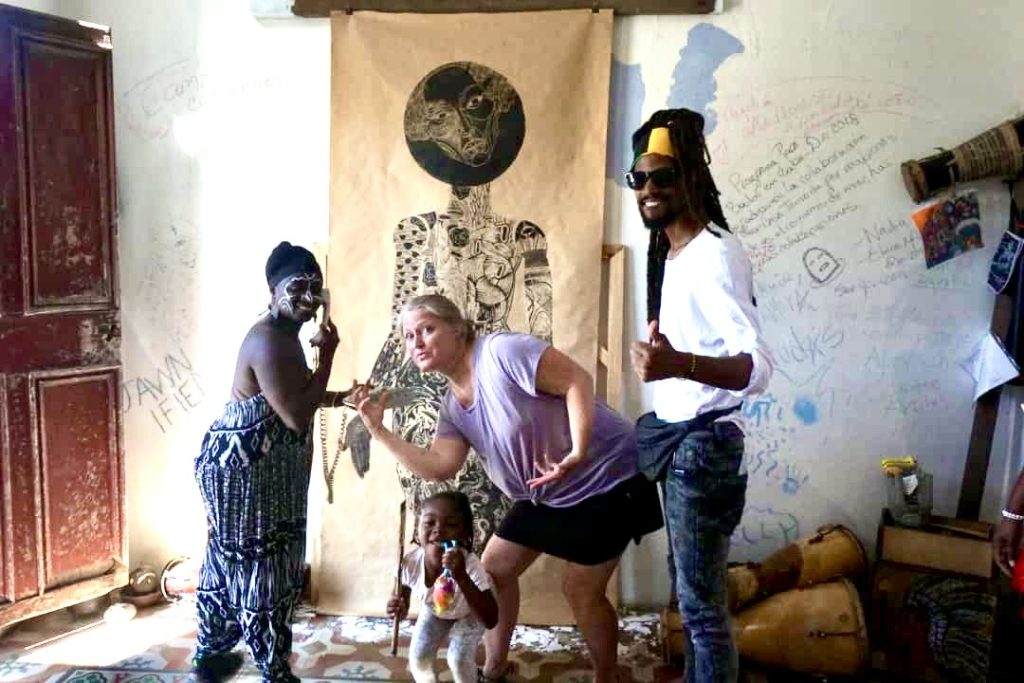
MPD: That’s how we started dreaming and creating. We lived and lived together as a family and we started to think about what the first edition of Contours could be like.
YH: Casa Tomada is a meeting place and can you tell me about the Fiesta Doble Negras and other events?
MPD: At home there is little planning or scheduling of activities, almost everything happens spontaneously, it is like a constant performance where household chores are not separated from the artistic and activism dynamic that includes meetings to develop activities, actions at home and in collaboration or accompaniment with other projects. At any moment someone calls or comes and the idea of doing some for the same moment or others for later dates emerges, I think that happens because you give people the confidence to feel spiritually comfortable and that gives them a sense of belonging.
Fiesta Doble Negras was conceived and programmed by Siria. The two of us organized and managed it, Raul Soublett, the coordinator of Alianza Afrocubana, was in charge of communication. It was held on the last Monday of each month from 2017 until COVID 2020 with the aim of bringing together artists and activists with the neighborhood community. Each activity had a thematic axis to discuss, whether through words or any artistic manifestation.
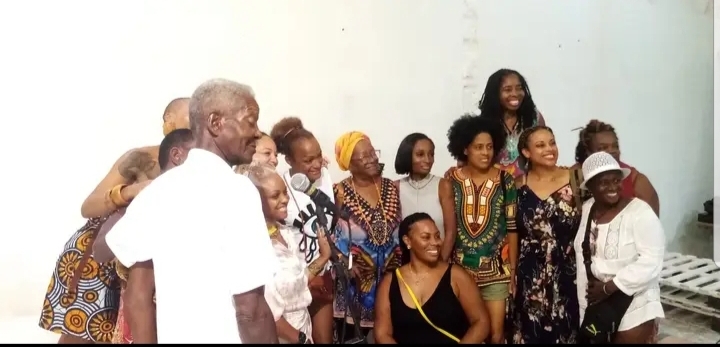
YH: Transnational collaborations have their own hurdles, i.e. language, differences, cultures, how to address economic imbalance, etc. Can you talk a little about those challenges?
MPD: In this post-COVID national context that we find ourselves in, plus the controversial and historic economic blockade or embargo of the US rulers towards Cuba, plus arbitrary decisions by the national administration, plus the mental blocks of a large part of the population, plus the endless devastating consequences caused by the struggles in the global order, make the economy in Cuba not flow for the well-being of the majority. To the point that we have three or four markets with a low average salary that does not correspond to the established prices, leaving the national currency or triply devalued in relation to market prices. We have the formal market, which is the one established by the government. The alternative market that flirts between the government and the self-employed market (small businesses). We have the informal market, which is given by smaller-scale goods trafficked by national or foreign migrants, and the contraband market that works as intermediaries within all these aforementioned markets, considerably increasing the price of the products.
When you look at the whole picture, transnational collaborations are a sustainable way of supporting our work. Language and cultural differences are not obstacles, especially when you work with human capital that is unprejudiced and well prepared, both educationally and culturally speaking.
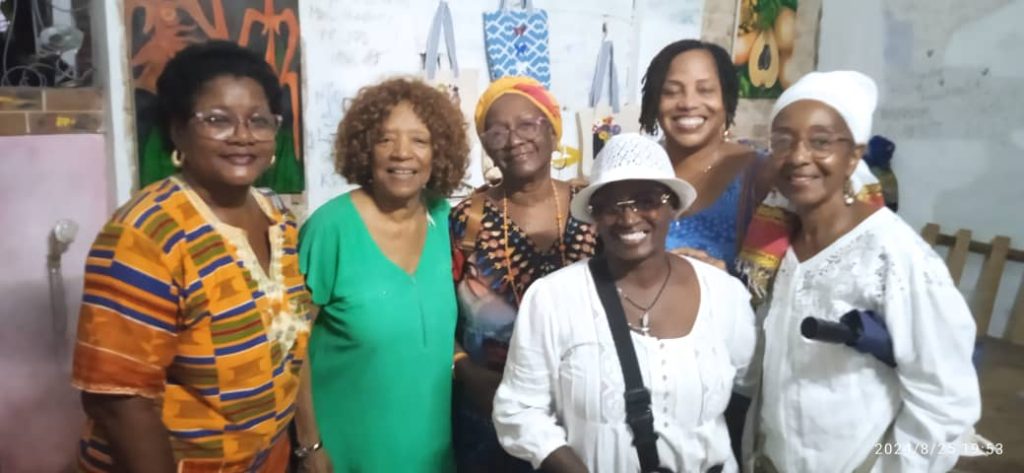
YH: Did these economies affect the work you were doing at Casa Tomada and what did they mean for your collaborations on Contours?
MPD: Although COVID dislocated the entire world, Casa Tomada did not stop its social actions, for example, we made handmade soaps and masks for people bedridden at home and we used our transportation (electric motorcycles) to do free messaging during the time of confinement, and of course we continued our connections with Cindy to schedule the visit of the first group of caring people coordinated by Contours (2022) who contributed in a way… feasible materials to work on crafts in the La Muñeca Negra project, equipment to work on photography and audiovisuals for Casa Tomada mirArte and a monetary contribution for both initiatives, which benefit a large number of people of various age groups who interact with both projects. However, for different reasons of internal planning, we were unable to continue with the capital constructive repairs of the property.
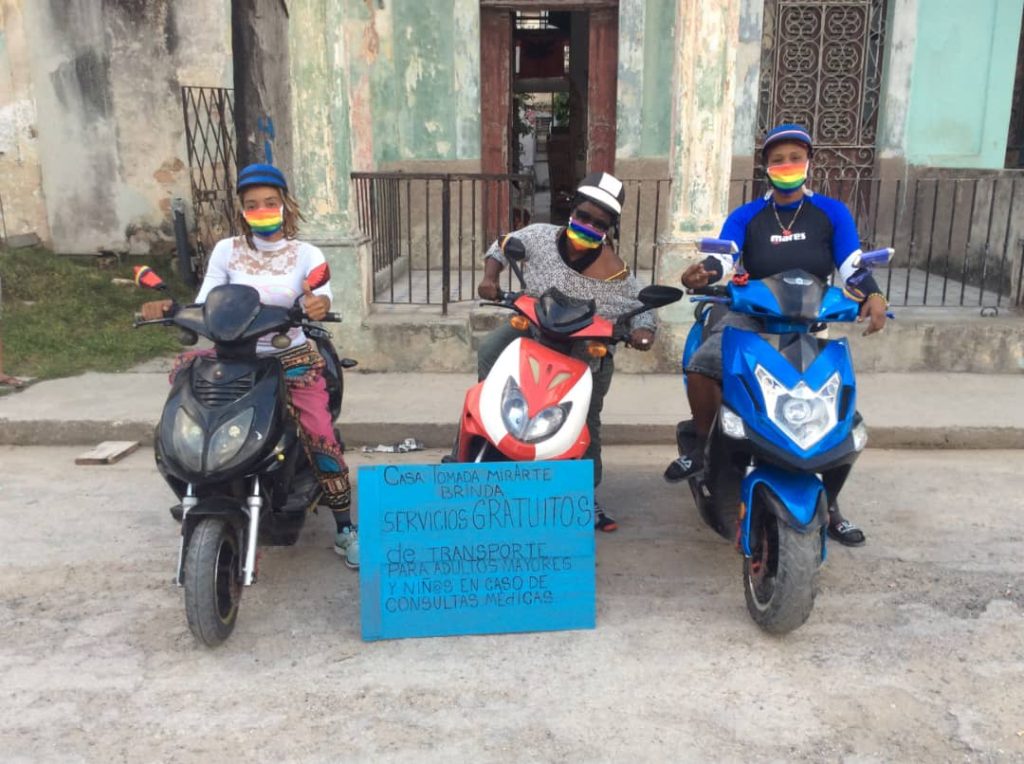
YH: The edition boosted your collaboration with La Muñeca Negra and brought collaborators and doll makers from the United States to Cuba. Can you tell us about that experience, your role and the involvement of Casa Tomada?
MPD: In 2023 we had a great experience, it was very emotional and interesting. This time (2024) the transnational group is larger and in Cuba we brought together more than 20 specialists and health promoters to work in workshops for the artisanal making of Black Dolls that allow us to better accompany people with HIV/AIDS in healing. We held these impressive meetings at Estancia Shalom, this is the rural extension of mirArte Casa Tomada, we also held workshops at the headquarters of the La Muñeca Negra project in the Lisa municipality and as a culmination the great party with the presence of live music-dance groups and the exhibition of the dolls made during the workshops. This time we had two stages, the usual one inside Casa Tomada and the streets of the neighborhood.
It was a hard job with many expectations fulfilled, that makes us happy and gives us encouragement to continue in Contours. There is a lot of hope that all the ideas we have dreamed of will come true.
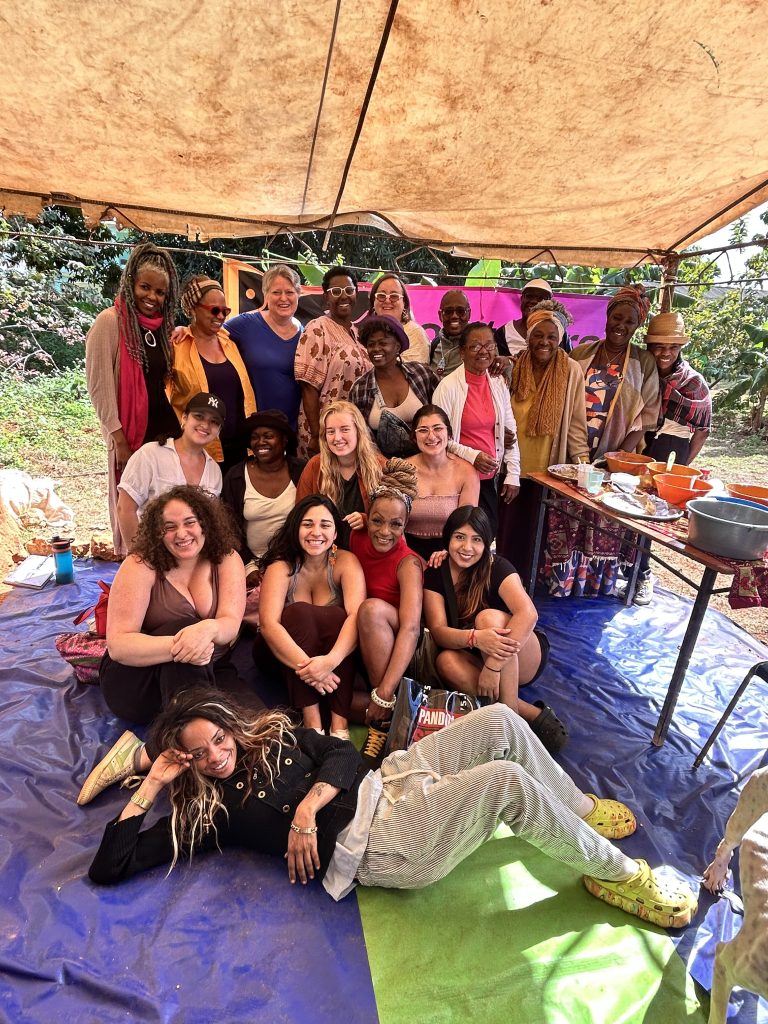
YH: Did you have a black doll as a child?
MPD: No, as a child I never had black dolls, they were all white, with blonde or black hair. It was a time when boys and girls played together, we didn’t separate the games by gender identity. If we played with dolls, they were there too. I played with dolls, but they weren’t my favorite game. They were always there as decorations. I liked riding a bike, playing with balls, hide-and-seek, Yaqui games, games with crystal balls, playing in the neighborhood or in the sugar cane fields. There was a lot of sugar cane in the area where I lived at that time. I tell you that I did go to the performance of The Black Doll from the story by José Martí several times at school or at political events in the neighborhood. Oh girl, sometimes that overwhelmed me. Now that I have a different conscience, I think that since I was assigned the same role, I didn’t do it with pleasure. I felt that I was more than a black doll.
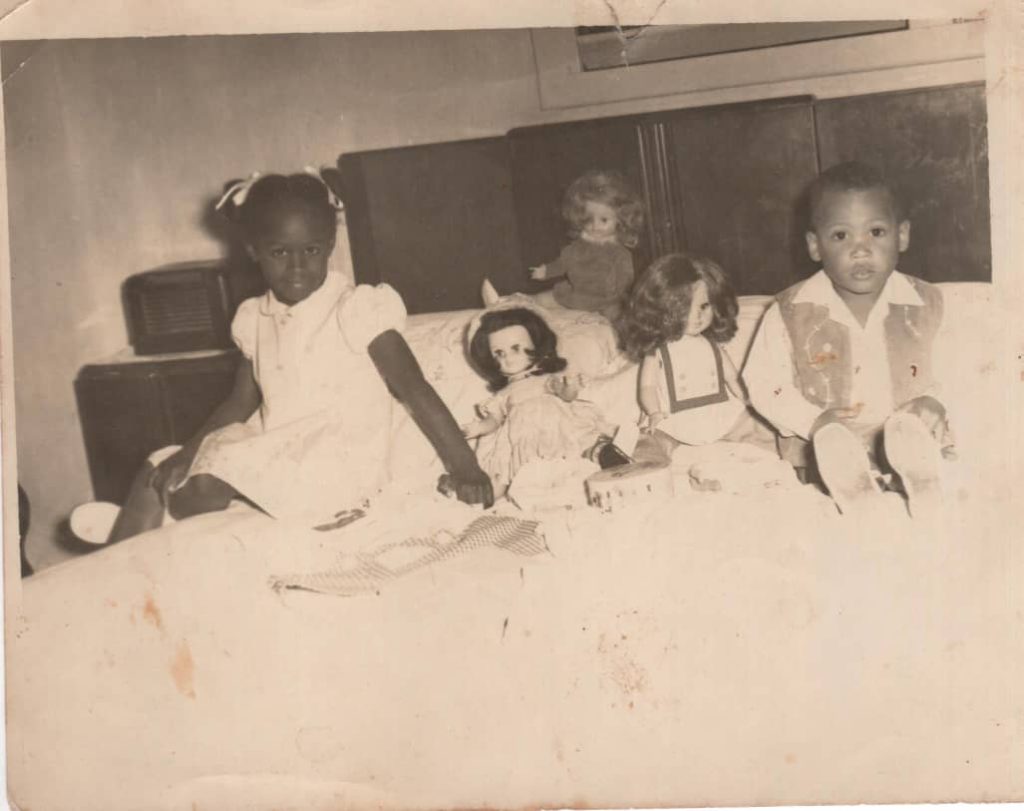
MPD: What is your hope for this issue?
MPD: For this issue and all those to come, my hope is that many more people will join in, interested in sharing the reality of our dreams.
YH: What is the future of Casa Tomada?
MPD: The future of Casa Tomada is Art.
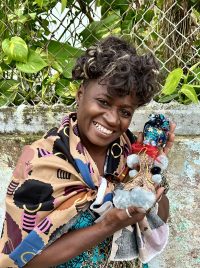
Myrna Rosa Padrón Dickson is an Art-ivist. Popular Educator. Cultural promoter specializing in community culture. General coordinator of the autonomous and interdependent lgbtiq+ initiative “Casa taken mirArte”. Take art as a tool to defeat hegemonic discourses in favor of social justice. She is proud to combine her work as a caring Housewife with research, promotion, programming and artistic production. It promotes from primary and/or academic knowledge with an Afrofeminist perspective and anti-patriarchal approach the influence of traditional Africa and its diaspora allied to various local and foreign projects.
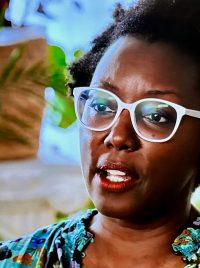
Yolanda Hester is a public historian, oral historian and co-founder of the consulting firm, "Frameworks and Narratives". She has been featured on PBS series: "Changing the American Doll Industry", and in the Netflix documentary, "Black Barbie". She has worked for many organizations, including the Los Angeles Department of Cultural Affairs, Local Projects, the Urban Civil Rights Museum, The Center for Oral History Research at UCLA, and the Forest History Society's digital exhibit - "Reclaiming Maxville: The Legacy of African Americans in A Lumber Town”. Hester is the Project Director of the "Arthur Ashe Oral History Project", an initiative of Arthur Ashe Legacy at UCLA.
